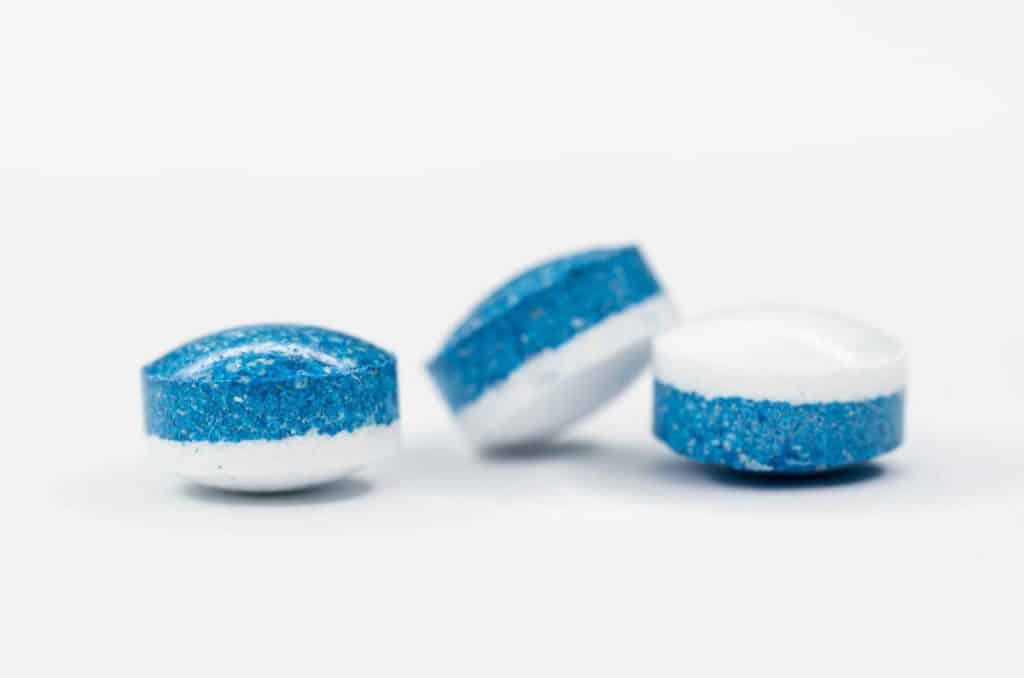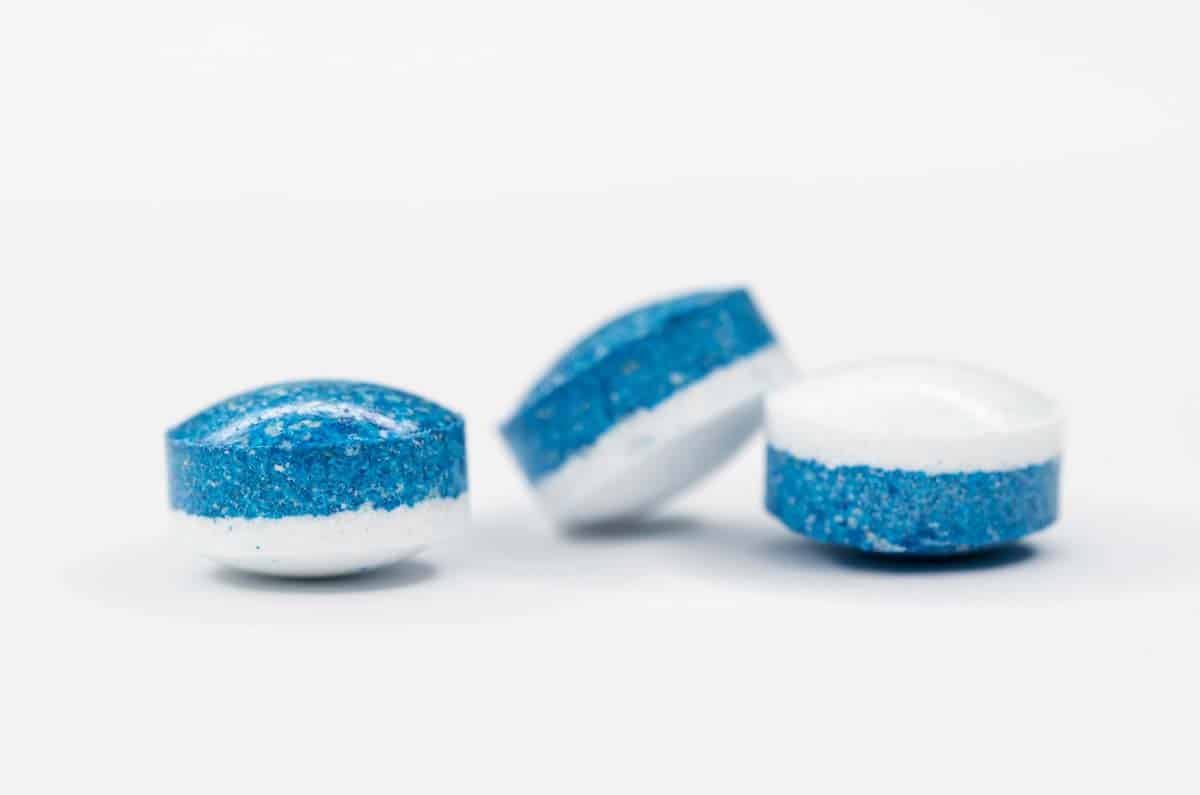Since the 1990s, there has been a lot of talk about a drug that is popular at clubs and raves. MDMA has gone by many different names over the years, including the Love Drug and Ecstasy. But what happens to your brain when you take MDMA? And why does it make everyone feel so happy?
What is MDMA?
MDMA was developed by a German pharmaceutical company in 1912. Originally known as “Methylsafrylaminc,” it was intended as a parent compound to synthesize medications that control bleeding. It has been reported that it was originally developed to control appetite but this appears to be untrue. In the 1980s, the compound was made illegal.
Since MDMA is currently illegal and therefore completely unregulated, anything could be sold as Molly or ecstasy. This could range from being pure MDMA to being cut with other drugs, to containing no MDMA at all. The Molly market is one of the most adulterated illicit drug markets, meaning it often is cut with other substances that have unknown effects on the human body.
When is MDMA used?

MDMA gained a small following among psychiatrists in the late 1970s and early 1980s. This was despite the fact that the drug had not undergone formal clinical trials nor received approval from the U.S. Food and Drug Administration (FDA). Some psychiatrists believed that it enhanced communication in patient sessions and allowed patients to achieve insights into their problems. It was also around this time that MDMA started becoming more widely available on the street.
MDMA is not used to treat any form of illness. Instead, it is typically taken in social settings such as festivals, concerts, and clubs. MDMA’s effects are stimulated by visuals, sounds, smells, and touch, leading to heightened sensations and a desire to intensify these feelings by dancing, talking, and touching. Users of MDMA describe feeling euphoric, open, accepting, unafraid, and connected to those around them. It is these positive feelings that have given it the name Ecstasy.
What happens when you take MDMA?

A typical dose of MDMA can last around three to six hours. Some people can experience nausea at first, but after a while, they report feelings of relaxation and clarity. MDMA also causes dilation of the pupils and, often, sensitivity to light, as well as possible jaw-clenching, tooth-grinding, muscle tension, faintness, and chills or sweating.
MDMA affects the brain by increasing the activity of at least three neurotransmitters. These are serotonin, dopamine, and norepinephrine. MDMA enhances the release of these neurotransmitters. MDMA causes a greater release of serotonin and norepinephrine than dopamine. Serotonin is a neurotransmitter that plays an important role in the regulation of mood, sleep, pain, appetite, and other behaviors. The excess release of serotonin by MDMA likely causes the mood-elevating effects people experience.
As there are many different neurotransmitters that have been invoked, your brain becomes altered. MDMA’s effects on serotonin, which is a key component in all hallucinogenic drugs, account for increased sensitivity to music and appreciation of light shows. This is why the drug is popular at raves.
The downside of MDMA
Although, at first glance, these changes in the brain that MDMA can bring about appear to be a good thing, there is a downside to a forced sense of happiness. By releasing large amounts of serotonin, MDMA causes the brain to become significantly depleted of this important neurotransmitter, contributing to the negative psychological aftereffects that people may experience for several days after taking MDMA. This can also cause long-term mental illness and addiction to the feelings of being happy.
There have been many studies on the effects on the brain, and many have demonstrated that MDMA activates the ventral striatum, a structure involved in reward expectation while decreasing the response to angry faces in the amygdala, which processes frightening stimuli.
MDMA users rated themselves highly both on “feeling high” in general and on feeling “loving” in particular. Subjects on MDMA accurately perceive acceptance but are much less bothered by the rejection that can happen in social situations. Researchers have concluded that MDMA’s prosocial effects are less based on impaired recognition of rejection. This means a user feels more positive and “loving” because they can’t accurately process hostility. This in itself can be very dangerous as it is an important social skill to be able to access the dangers while they are around. As you can see, there are many different ways that your brain can be affected if you take MDMA. If you are concerned, contact us for more information about how we can help you with your drug treatment today.

